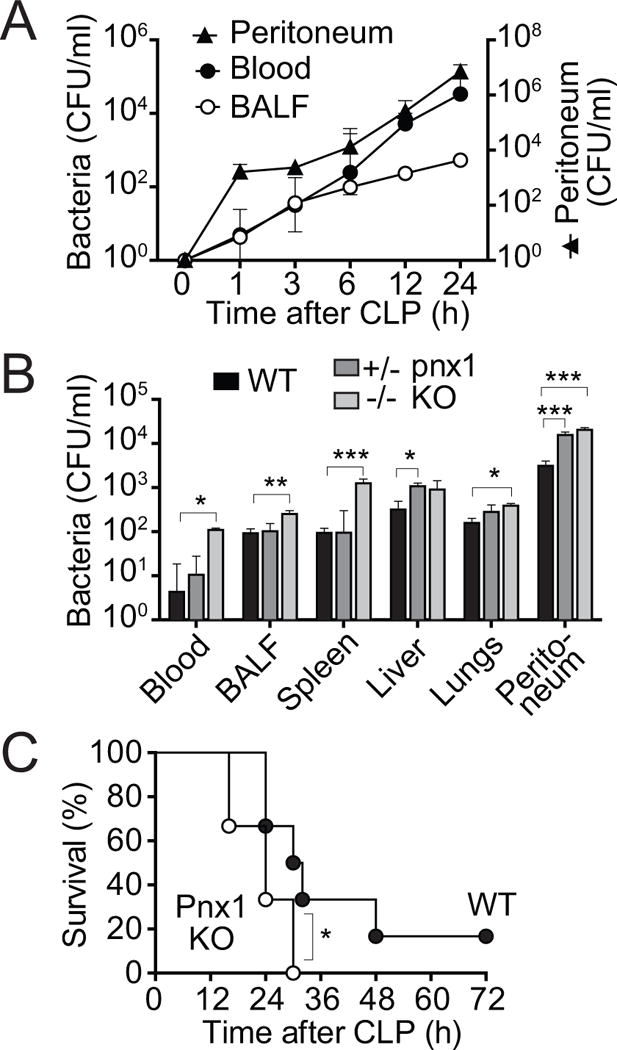Figure 2. Pnx1-dependent mechanisms contribute to host immune defense in sepsis.

(A) WT mice were subjected to sham surgery (t=0) or CLP for the indicated times. Then bacterial counts (colony forming units; CFU/ml) were determined in peritoneal lavage, blood, and bronchoalveolar lavage (BALF) samples. (B) Heterozygous (pnx1+/−) and homozygous (pnx1−/−) pnx1 KO and WT mice were subjected to CLP for 4 h, sacrificed, and bacterial counts determined in blood, BALF, spleen, liver, lungs, and peritoneal lavage. Data shown represent the mean and SEM of 3–5 mice in each group. Statistical comparisons between groups were made with ANOVA, *p<0.05, **p<0.01, ***p<0.001. (C) WT mice and homozygous (pnx1−/−) pnx1 KO mice were subjected to CLP and survival rates were recorded for a period of 72 h following CLP. Each group consisted of 11 animals. Survival statistics were assessed using the Kaplan-Meier test, *p<0.05.
